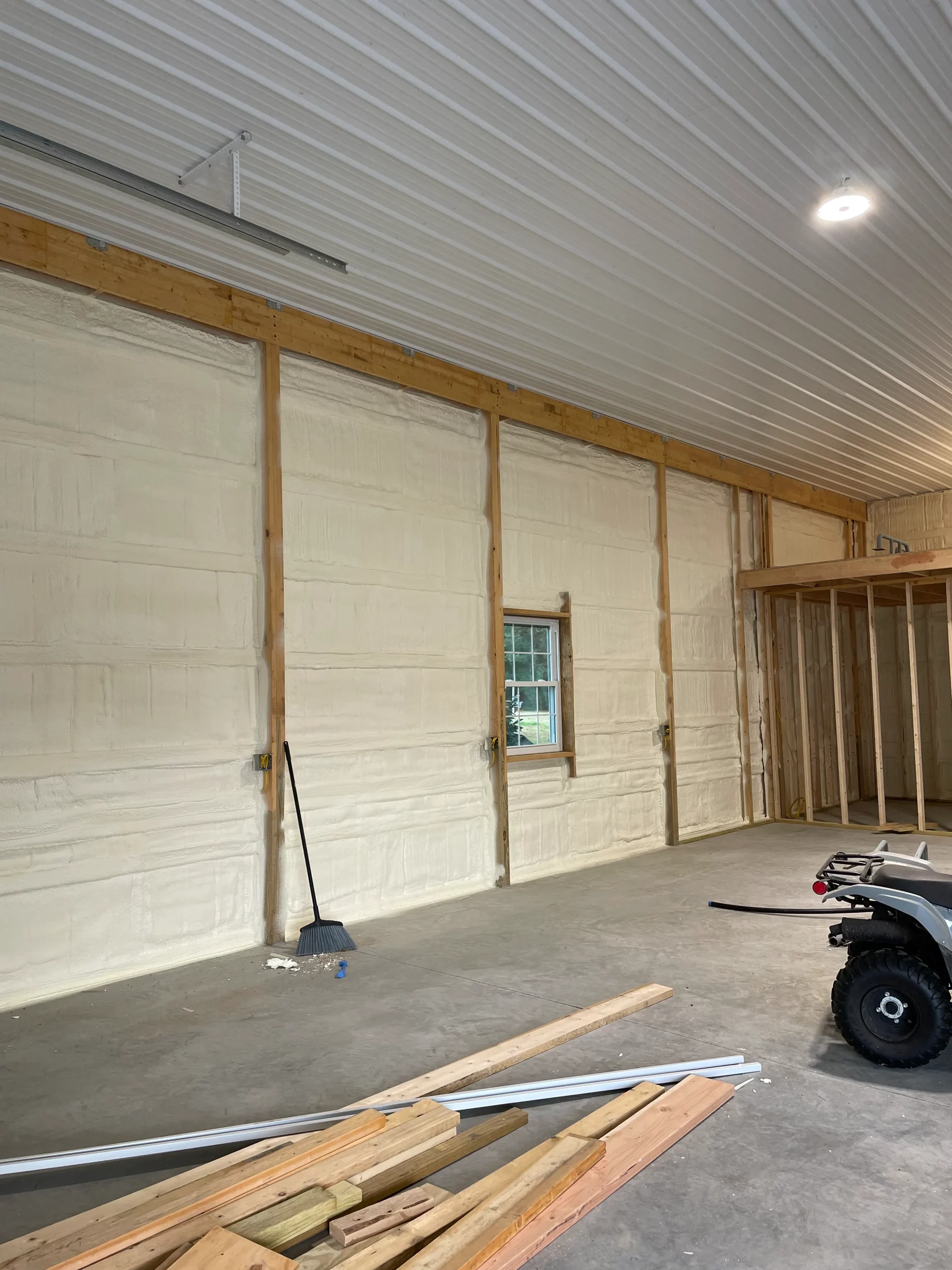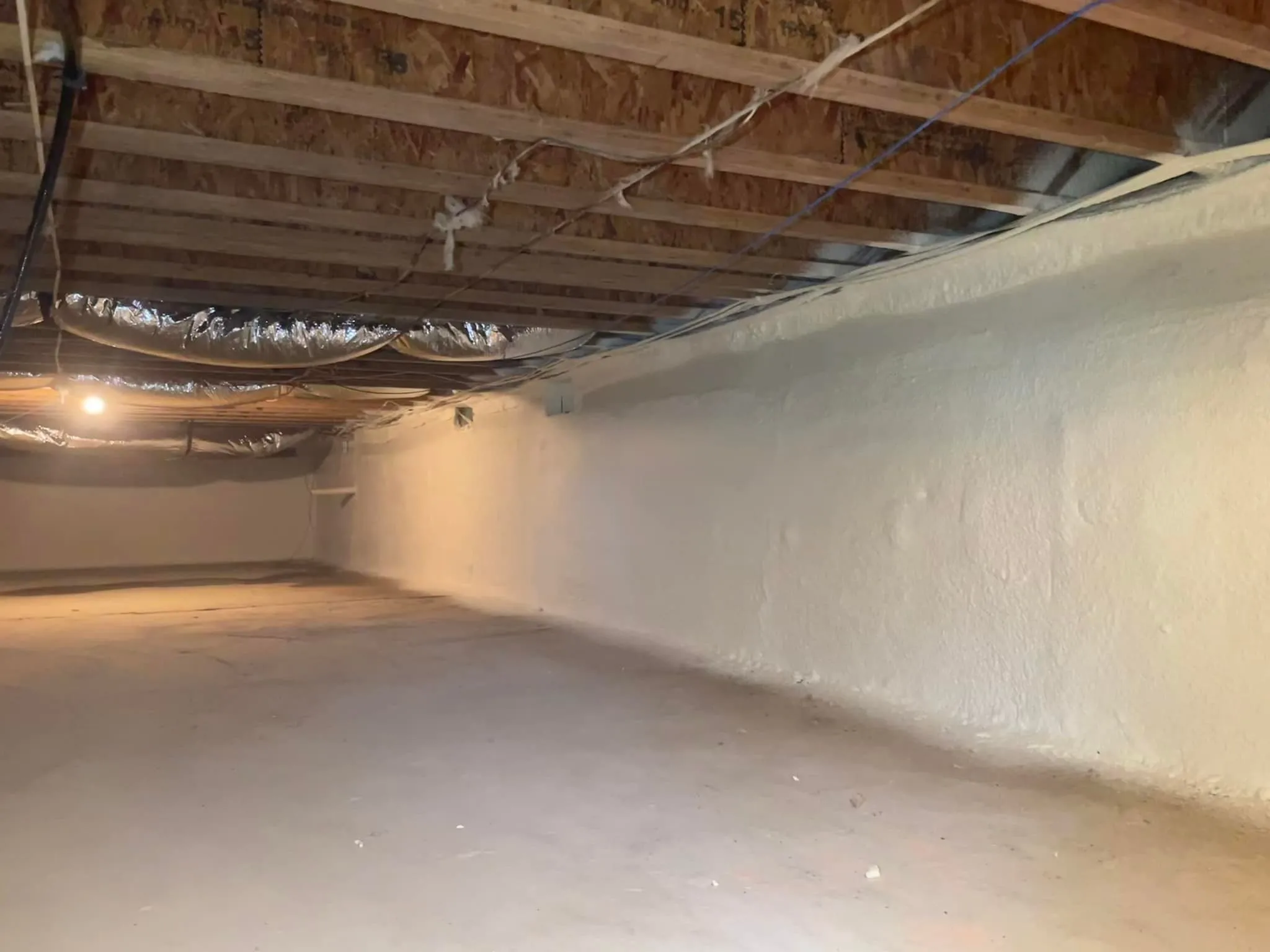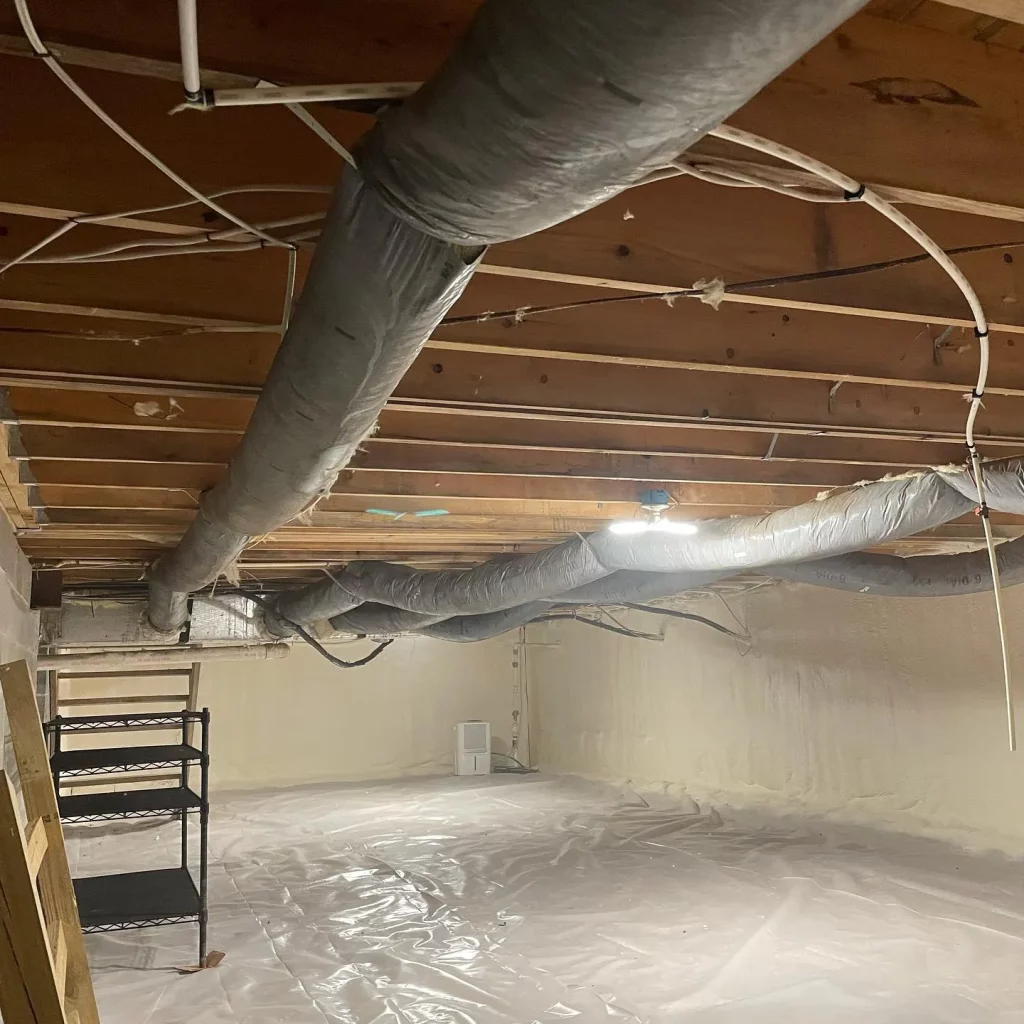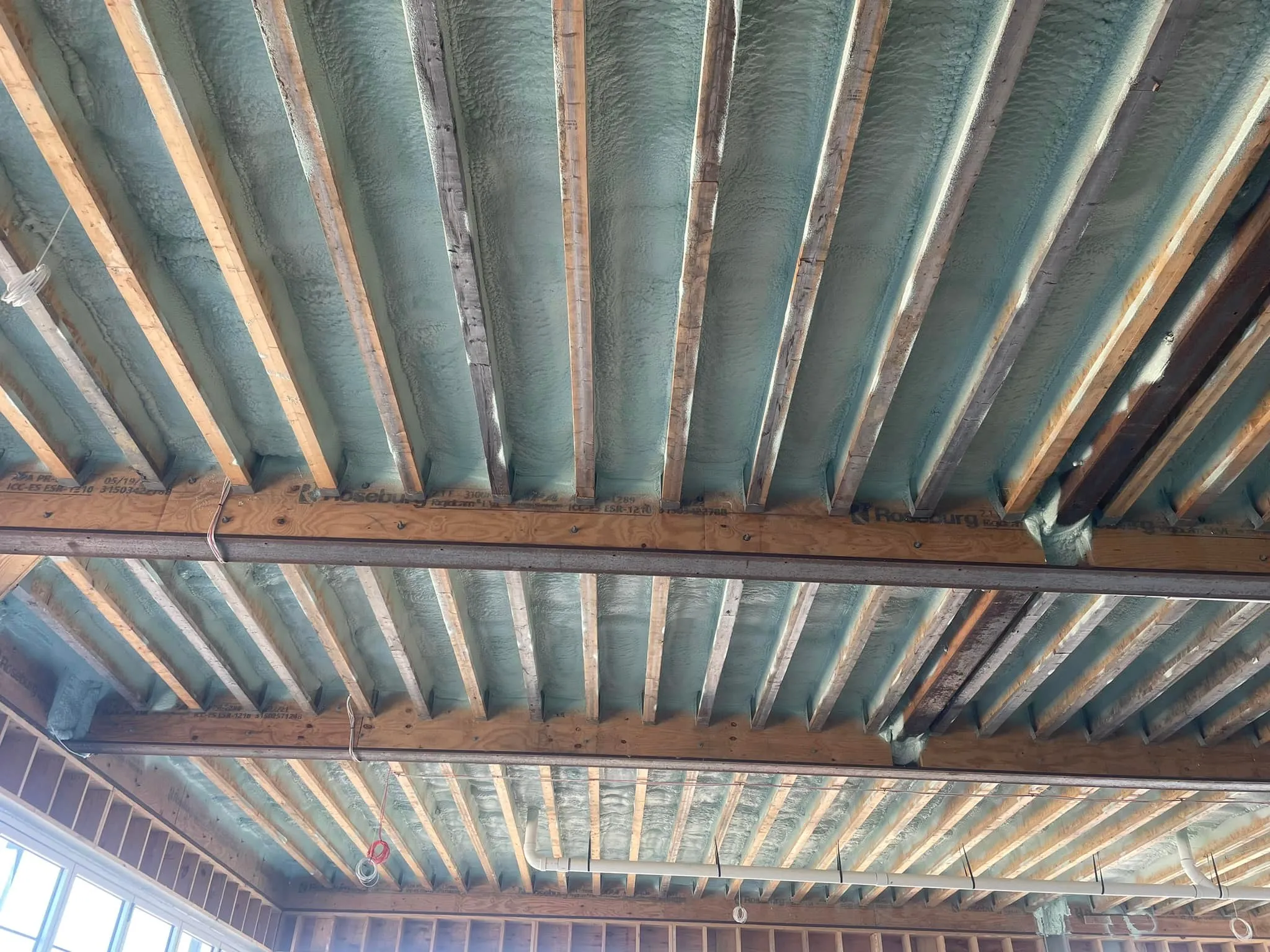

The most common indicators of a poorly ventilated crawl space are persistent musty odors inside the home, visible mold or mildew on floor joists, and a damp, humid feeling in the air. Other clear signs include rotting wood, pest infestations, and condensation on pipes or ductwork. These symptoms point to excess moisture, a problem that can compromise a home’s structural integrity and indoor air quality if left unaddressed. Understanding these warning signs is the first step toward diagnosing the root cause and implementing a proper solution.
This article explains the specific signs of inadequate crawl space ventilation, what causes them, and the potential consequences for your home. The information here is based on extensive field experience in diagnosing and correcting foundation moisture problems, providing a practical guide for homeowners.
The first signs of a crawl space issue are often detected by your senses. These clues are direct results of moisture buildup and microbial growth under your home.
A stuffy, musty smell that seems to have no source within your living area is one of the most reliable indicators of a crawl space problem. This odor is produced by mold and mildew, which thrive in dark, damp environments. Because of a natural “stack effect,” air from the crawl space is pulled up into the home’s main levels, carrying these unpleasant smells with it. A report from the U.S. Environmental Protection Agency explains that these odors are caused by microbial volatile organic compounds (MVOCs), which are gases produced by mold.
If the air in your first-floor living space feels clammy or humid, especially during cooler weather, it could be due to moisture originating from the crawl space. Excess humidity from below can migrate upwards, making your home feel uncomfortable and forcing your HVAC system to work harder. You might also notice condensation on windows or other cool surfaces, which is a secondary effect of high indoor humidity.
A physical inspection of the crawl space can reveal clear visual evidence of poor ventilation and moisture control. It’s important to look for more than just standing water.
Mold appears as black, green, or white patches and can be fuzzy or slimy, while mildew is typically a gray or white powdery substance. Check the surfaces of wooden joists, subflooring, and any existing insulation. These materials absorb moisture, making them ideal breeding grounds for fungal growth.
Consistently high humidity will eventually lead to wood rot. You can test for this by probing wooden structural components with a screwdriver. If the wood feels soft, spongy, or crumbles easily, decay has already begun. This is a serious issue, as it weakens the support structure of your home.
Efflorescence is a white, chalky deposit left on concrete or brick walls as water evaporates. It’s a sign that water is wicking through the foundation from the surrounding soil. While efflorescence itself is harmless, it confirms that a moisture intrusion problem exists.
The consequences of poor crawl space ventilation extend beyond the foundation, as excess moisture leads to secondary problems throughout the home that may seem unrelated at first.
Dark, damp spaces are highly attractive to pests. Termites, carpenter ants, cockroaches, rodents, and other pests seek out moist environments for shelter and breeding. According to information from the pest control industry, moisture is a key factor that attracts wood-destroying insects. The presence of these pests is a strong signal that your crawl space conditions are favorable for them.
Moisture-laden air is more difficult to heat and cool, which can lead to noticeably higher energy bills. Furthermore, when fiberglass batt insulation becomes damp or wet, it compresses and loses its insulating properties. Data from the U.S. Department of Energy confirms that wet insulation has a significantly lower R-value, meaning it can no longer effectively resist heat flow. Your HVAC system must run longer to compensate, increasing your energy consumption.
It is also important to check the insulation in your crawl space. If it’s sagging, falling, or shows signs of moisture, it’s not performing effectively and is likely contributing to both moisture problems and energy loss.

The differences between a well-managed and a poorly ventilated crawl space are distinct. This table outlines the key contrasts to help you assess your own space.
| Indicator | Healthy Crawl Space | Poorly Ventilated Crawl Space |
|---|---|---|
| Odor | Neutral, earthy smell | Musty, moldy, or foul odors |
| Humidity | Dry to the touch; relative humidity below 60% | Visibly damp; relative humidity above 70% |
| Wood Condition | Solid, dry, and free of discoloration | Soft spots, dark stains, visible rot, or mold |
| Pest Activity | No signs of active infestations | Evidence of insects, rodents, or webs |
| Insulation | Dry and secured between joists | Sagging, wet, compressed, or missing |
| Foundation Walls | Clean and dry | Efflorescence, water stains, or visible cracks |
Once you’ve used these indicators to assess your crawl space, the next step is to understand the underlying causes before choosing a solution.
Before you decide on a solution, it’s important to understand the full picture. Rushing into a fix without a proper diagnosis can be ineffective and costly.
The first step is to determine where the water is coming from. Common sources include:
Geography matters a great deal. In the humid Mid-Atlantic region, for example, traditional foundation vents often cause more problems than they solve during the summer. They allow hot, humid air to enter the cooler crawl space, where the moisture condenses on surfaces. In drier climates, venting might be more effective. This is why a one-size-fits-all approach doesn’t work. To take the guesswork out of your assessment, you can purchase an inexpensive digital hygrometer and place it in your crawl space to get a precise reading of the relative humidity.
Modern building science has increasingly shown that sealing or encapsulating a crawl space is a more effective strategy in humid climates than traditional venting. An encapsulated crawl space isolates the area from the ground and outside air, and a dehumidifier is used to control the humidity level. This approach turns the crawl space into a clean, dry area that is more like a small basement.
Recognizing the indicators of a poorly ventilated crawl space is the first step toward protecting your home. Musty odors, visible mold, rotting wood, and high energy bills are all signs that point to an underlying moisture problem that needs to be addressed. Before choosing a course of action, carefully inspect the area to identify the source of the moisture and consider how your local climate impacts the situation. A thorough assessment will help you make an informed decision that protects your property for the long term.
Evaluating a crawl space can be complex, and a professional assessment can provide clarity on the specific issues and the most effective solutions for your home. If you have concerns about your crawl space, the team at Peninsula Insulation, LLC can help. For a detailed inspection and expert advice tailored to your property, you can contact the office by phone at (410) 770-2624 or send an email to wil@mdsprayfoam.net to discuss your situation.
It’s a good practice to inspect your crawl space at least twice a year, typically in the spring and fall. You should also check it after periods of heavy rain to look for any new signs of water intrusion.
Crawl space fans can help improve air circulation, but if they are simply pulling in humid outside air, they can make a moisture problem worse. They are generally not a standalone solution for high humidity and work best as part of a larger moisture control system.
The ideal relative humidity for a crawl space should be maintained between 30% and 50%. Levels above 60% create an environment where mold can begin to grow.
Yes. Air from the crawl space moves up into your living areas. If this air contains mold spores, dust mites, or other allergens, it can trigger asthma, allergies, and other respiratory issues, as noted by health organizations like the Centers for Disease Control and Prevention.


